Enthusiasts love to modify their vehicles to make more power. Lists of top-10 mods often include turbocharging, supercharging, nitrous, performance exhaust, upgraded intake, engine tuning and more. But they rarely mention upgrading your motor oil to protect your engine from all that additional power.
Let’s discuss the risks of boosting performance and take a closer look at how two of the best premium motor oils perform: AMSOIL Signature Series and Mobil 1.
Horsepower on a sheet of paper
Your engine – and all the time, money, and effort you’ve poured into it – rely on the protection of an oil film that’s thinner than a sheet of paper. Adding horsepower increases engine stress, which places even more stress on motor oil.
Many enthusiasts upgrade the crank, pistons, cam and bearings as part of their build, to better handle the additional pressure. Yet, they often overlook the necessity of upgrading the motor oil to support and protect all this additional expensive equipment.
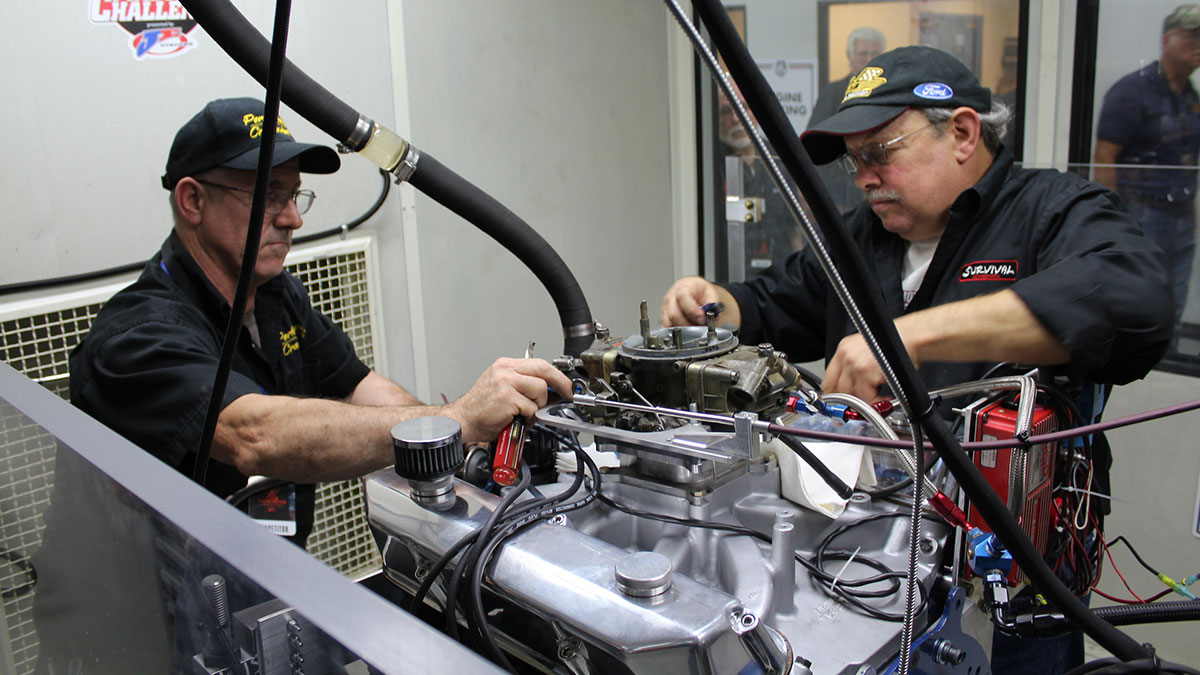
The shear importance of oil
Viscosity is the most important property of oil, as it indicates the oil’s ability to flow. Engine upgrades can increase mechanical shearing forces, which result in viscosity loss. Shear occurs when one layer of oil moves in the opposite direction of another layer of the same oil. A notable example occurs between the piston and cylinder wall. These two oil films move in opposite directions under intense heat and pressure. This is why high-horsepower, high-rpm engines create increased risk of viscosity loss due to shear.
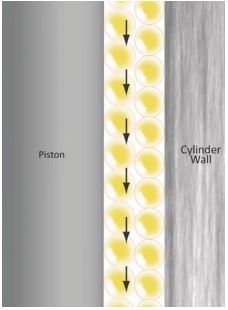
Shear tears apart the molecules of the oil’s additives, which are meant to expand the viscosity range of the base oil. The application and type of base oil determine the type and amount of viscosity additives required. Some viscosity improvers resist shear better than others. And some synthetic oils don’t need viscosity improvers at all due to their inherent ability to withstand shear.
When oil loses viscosity due to shear, it can fail to provide wear protection between moving parts. Think of the force transferred through the piston, rod and crank to the thin oil film protecting the bearing. There’s not much room for error.
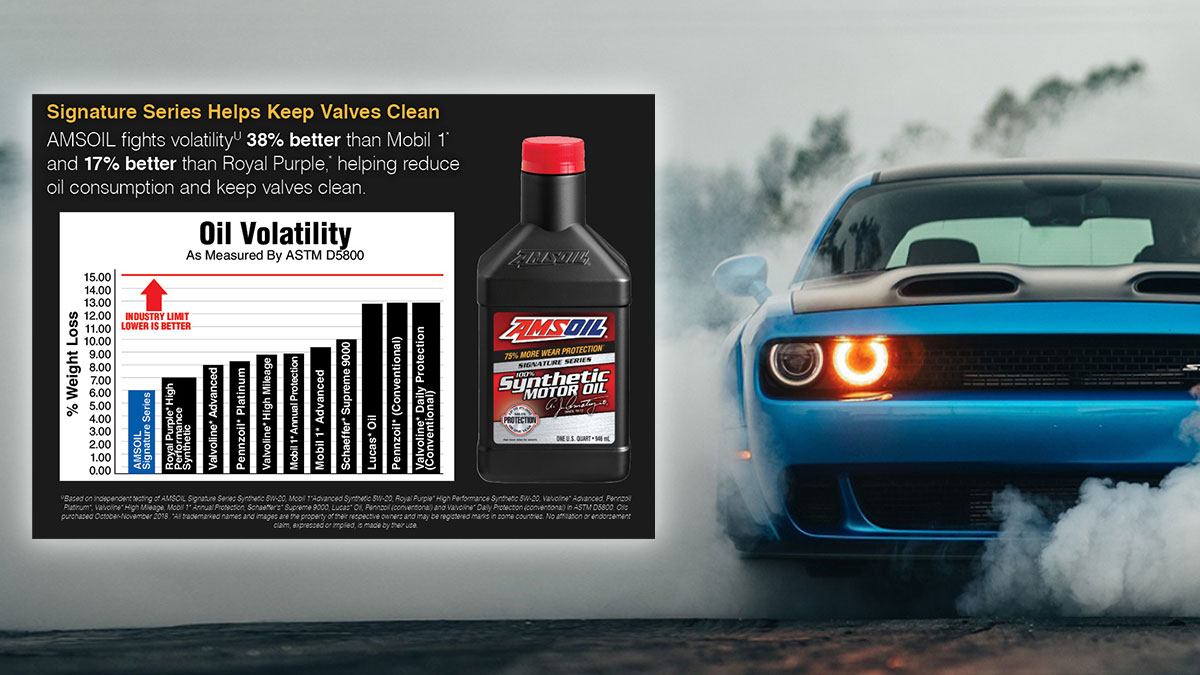

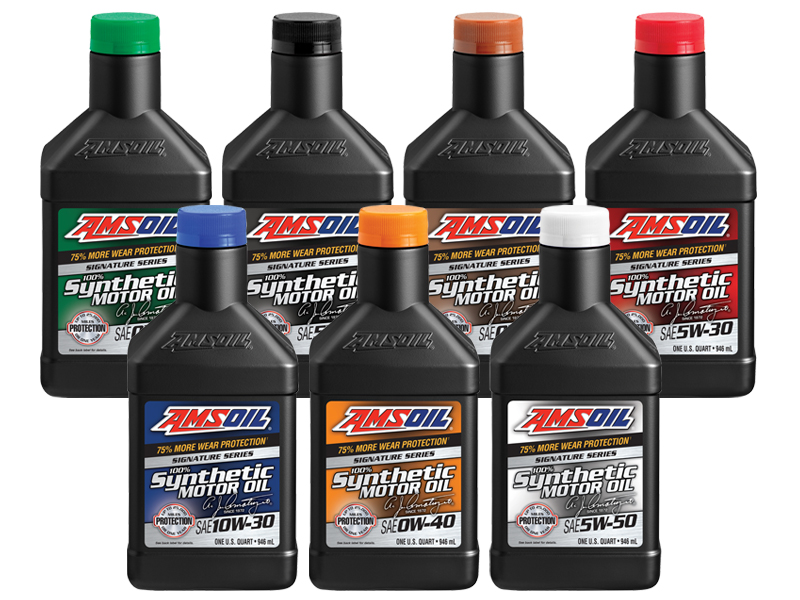

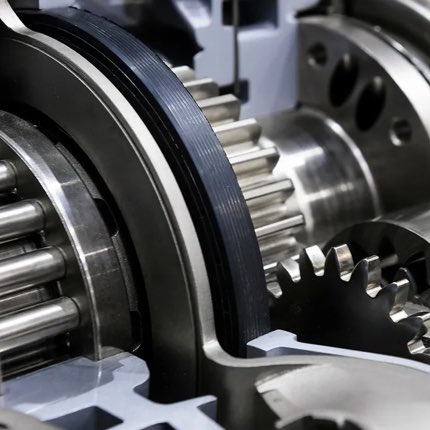
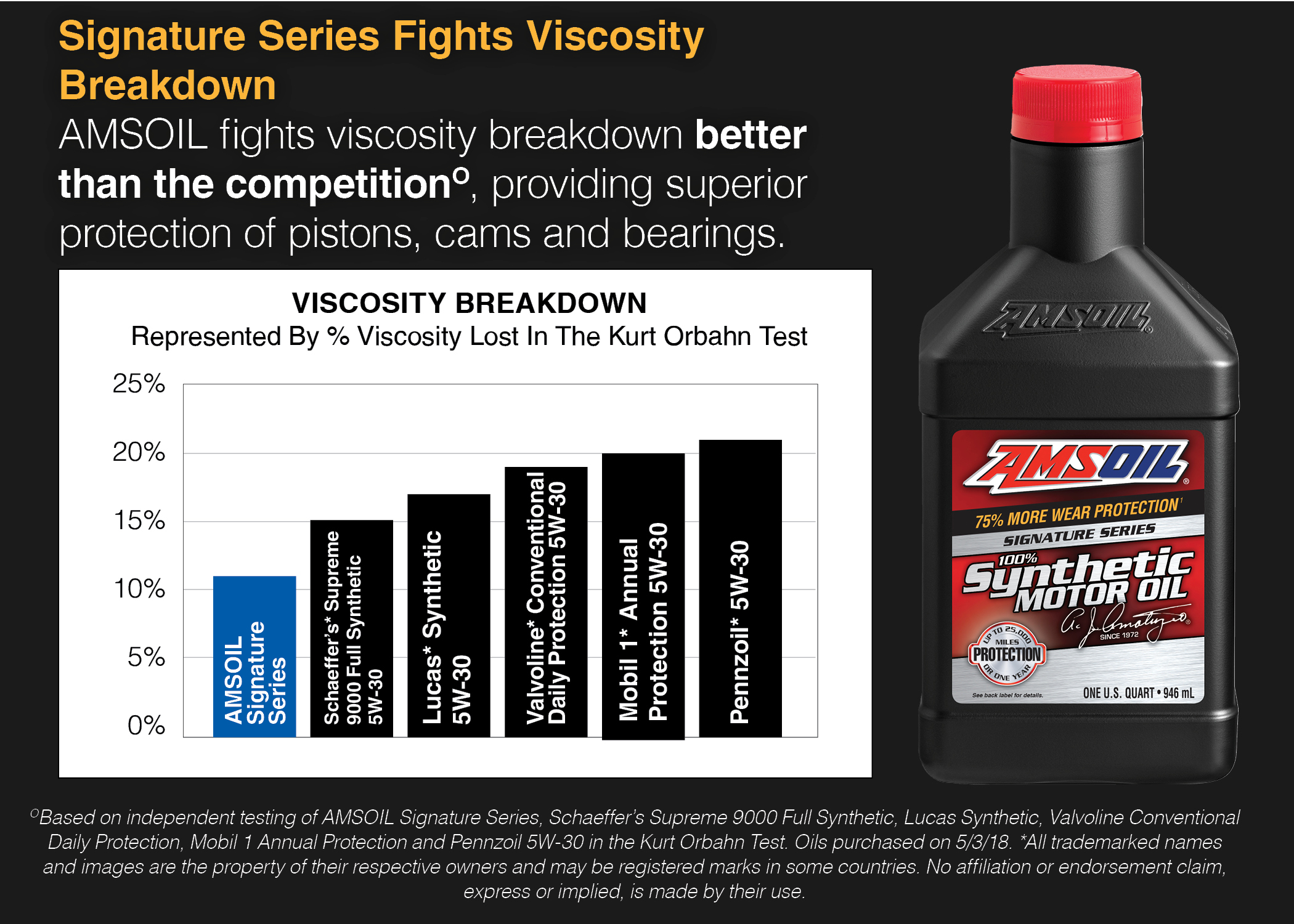
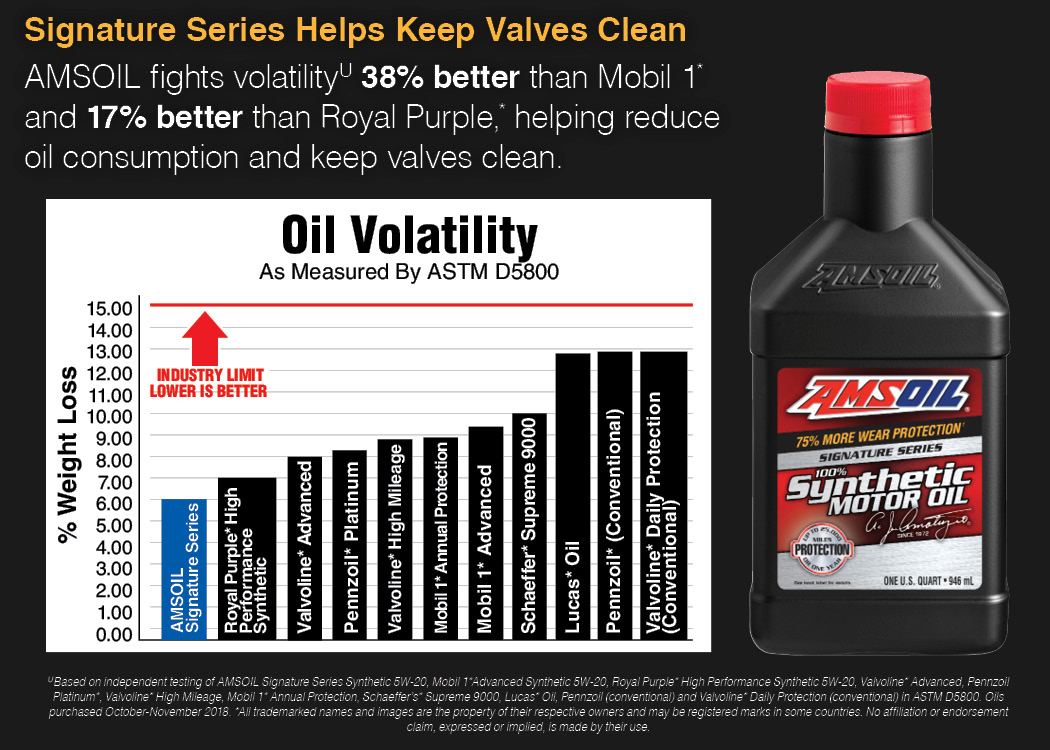
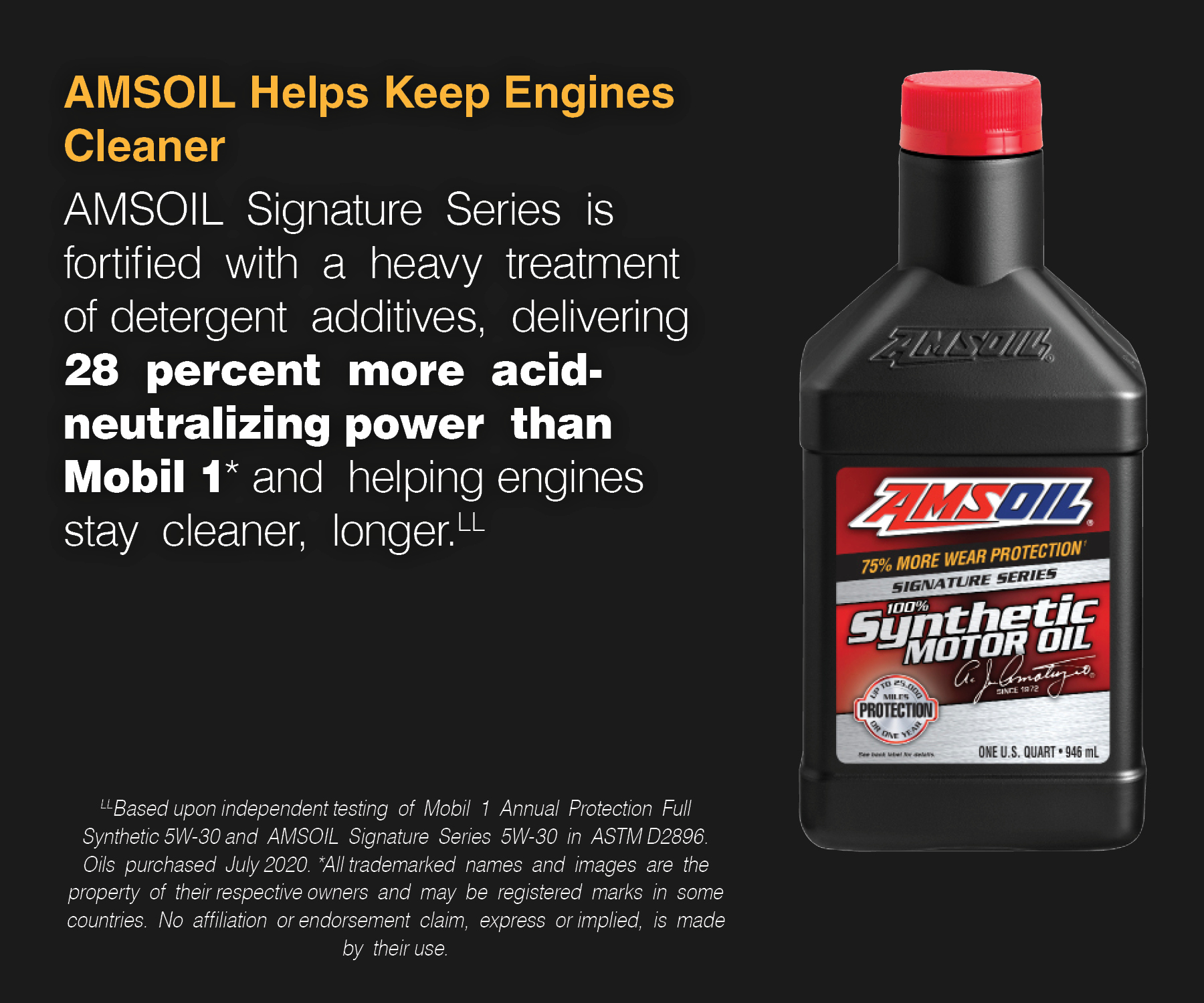
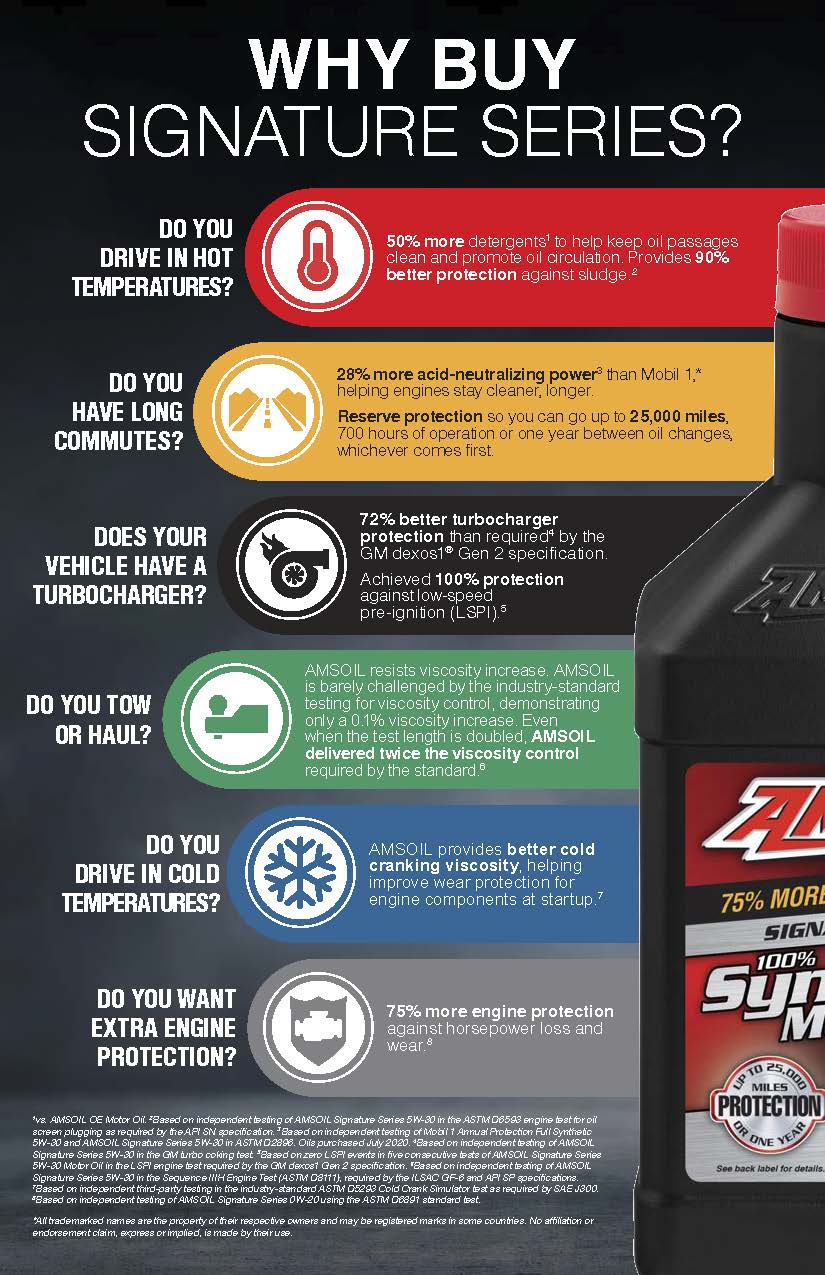
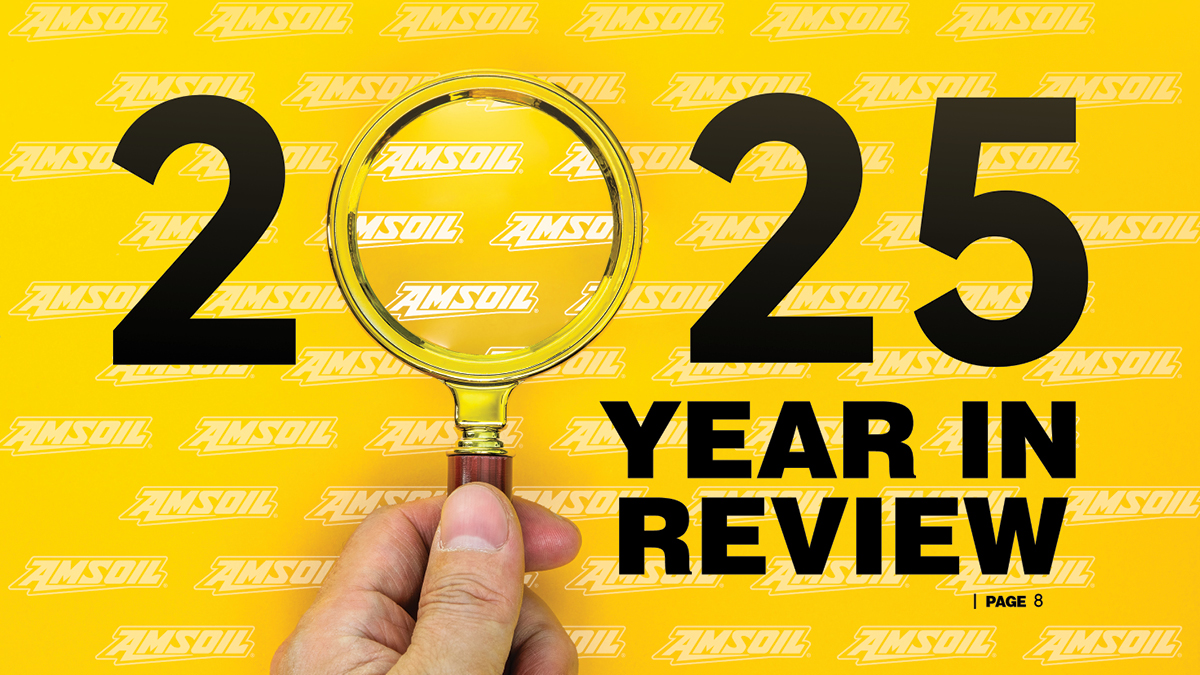
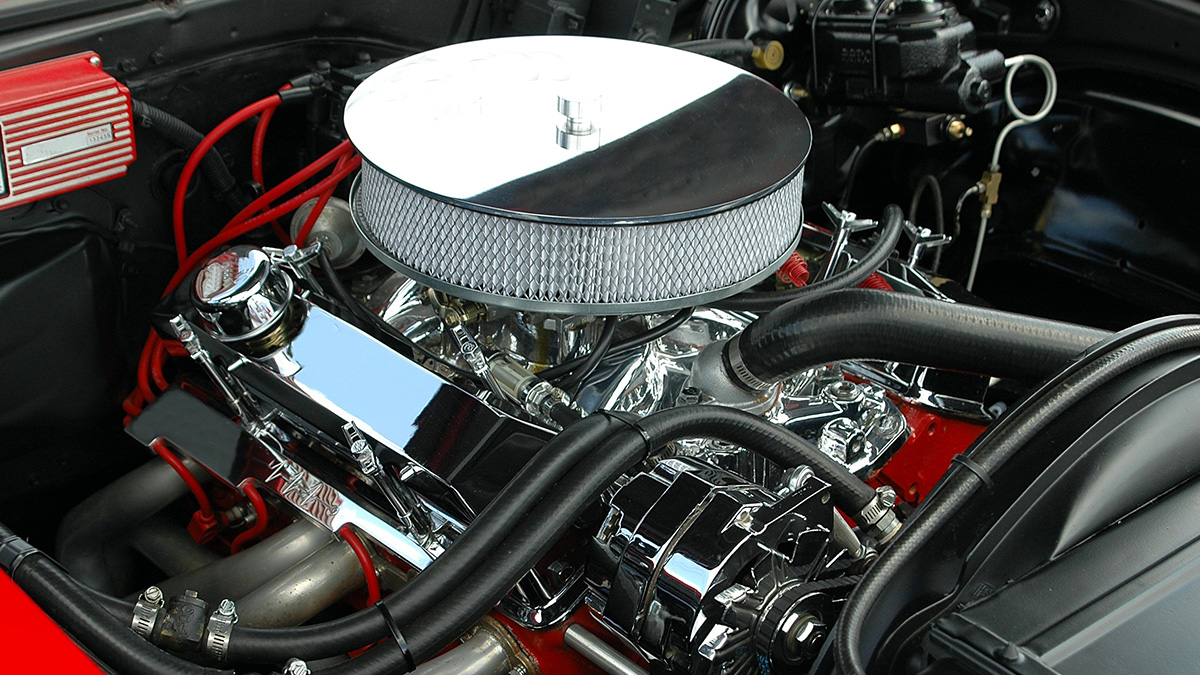


Comments
AMSOIL Technical Writer and 20-year veteran of the motorcycle industry. Enjoys tearing things apart to figure out how they work. If it can’t be repaired, it’s not worth owning.
Share: